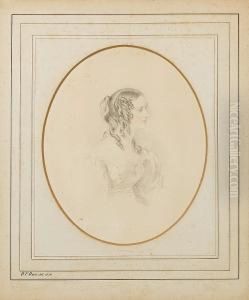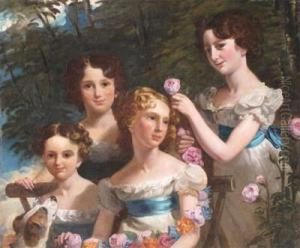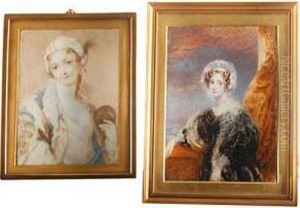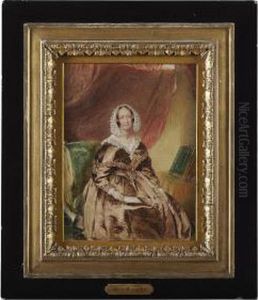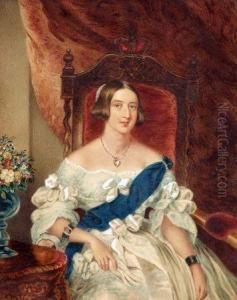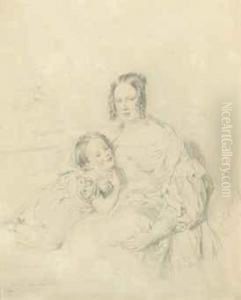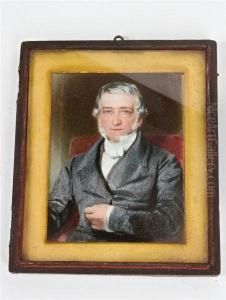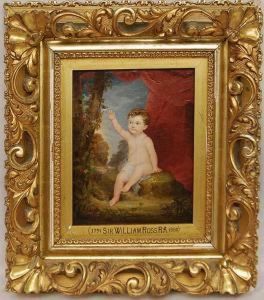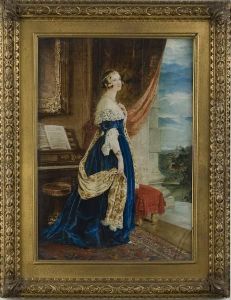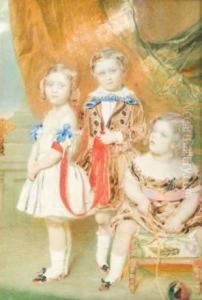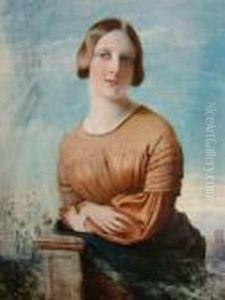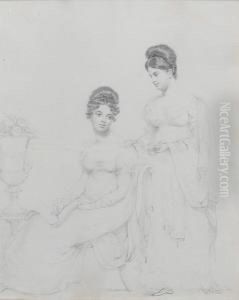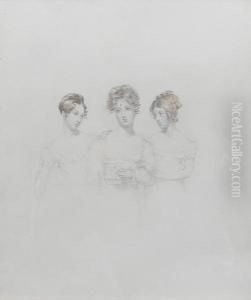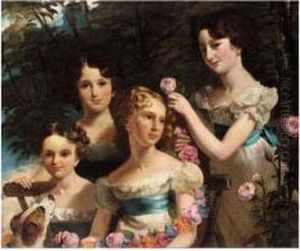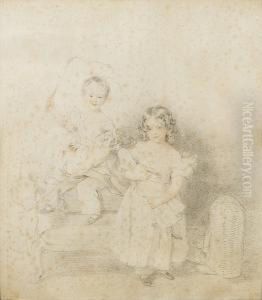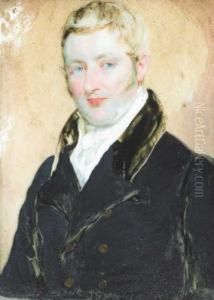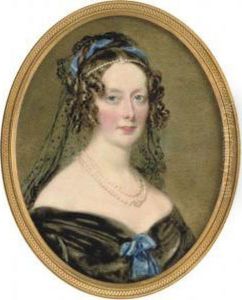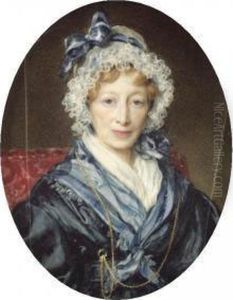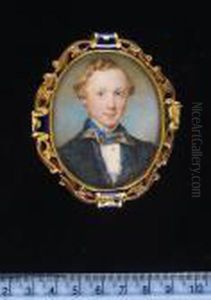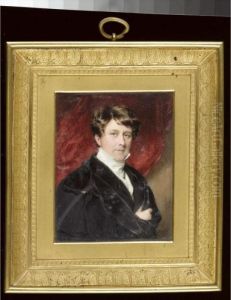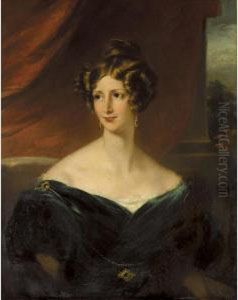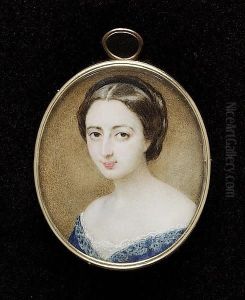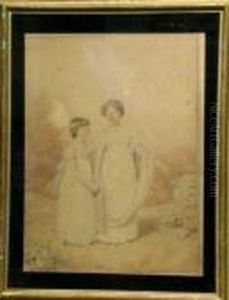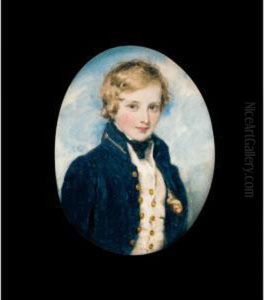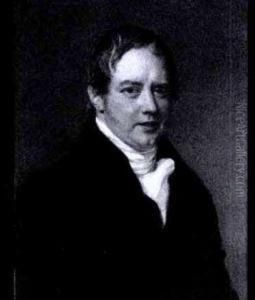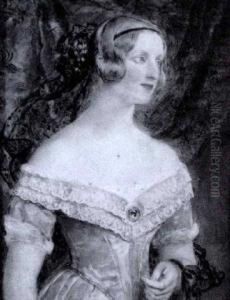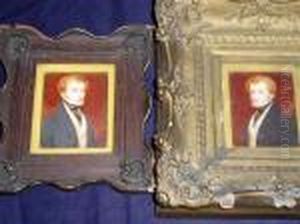William Charles Ross Paintings
William Charles Ross was a renowned British painter, especially recognized for his portrait miniatures. He was born on June 3, 1794, in London, England. Ross developed a strong interest in art at an early age, and his talent was evident from the start. He was apprenticed to the Scottish miniaturist Andrew Robertson, where he honed his skills in painting miniature portraits, a popular art form of the time that catered to the tastes of the Victorian society.
During his career, Ross became a leading figure in the world of miniature painting. He was appointed Miniature Painter in Ordinary to Queen Victoria and Prince Albert, which greatly enhanced his reputation and secured his position as one of the most sought-after portraitists in England. Ross's miniatures were admired for their fine detail, delicate brushwork, and lifelike quality. He painted numerous members of the British aristocracy, as well as notable public figures.
In addition to his miniature work, Ross also painted larger portraits and occasionally historical subjects. His works were exhibited at the Royal Academy of Arts and other prominent venues. Ross's influence extended beyond his own practice as he taught and inspired future generations of artists.
Ross was elected a member of the Royal Academy in 1842, which was a significant achievement and an acknowledgment of his artistic contributions. His legacy includes a vast body of work that provides a glimpse into the faces and fashions of the 19th-century British elite.
William Charles Ross died on January 20, 1860, in London. After his death, the popularity of miniature portraits waned, but Ross’s work remains a testament to the skill and artistry of miniature painting during its heyday in the Victorian era.
